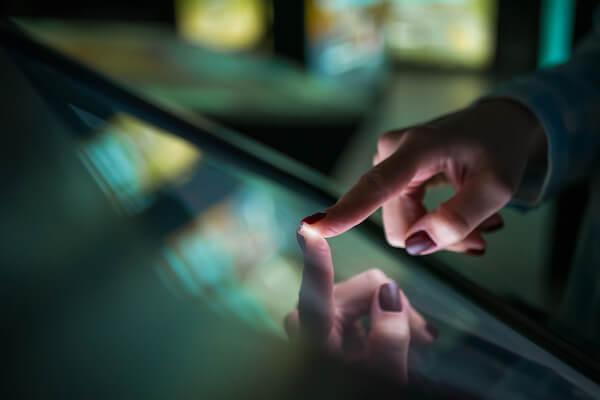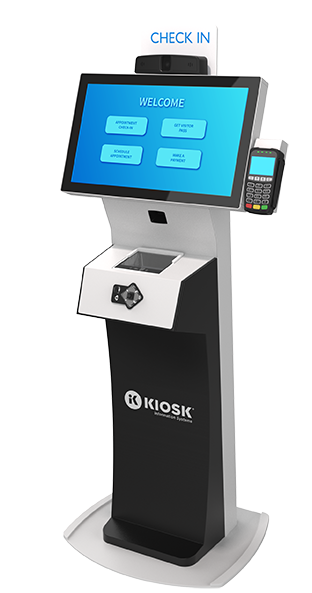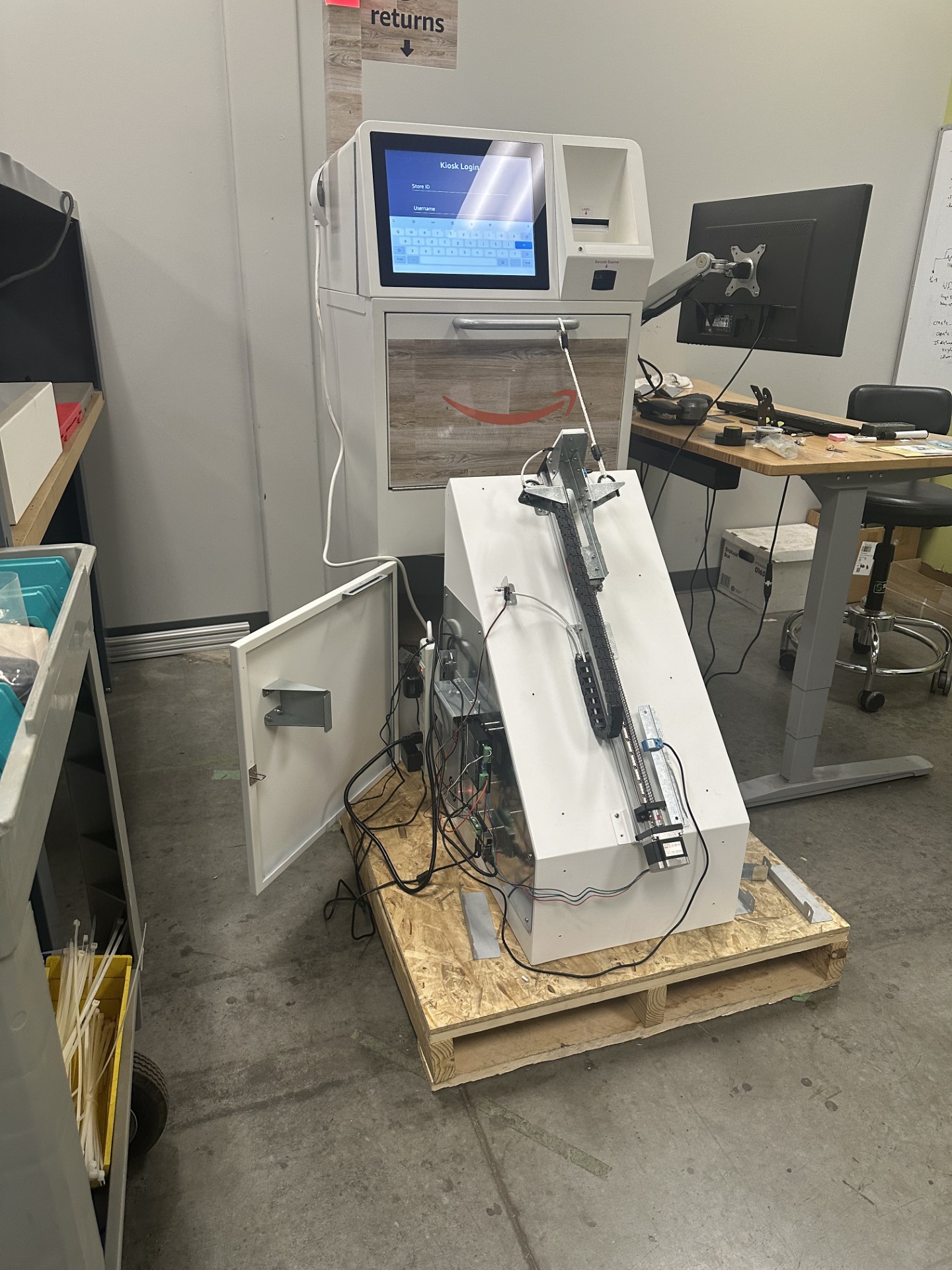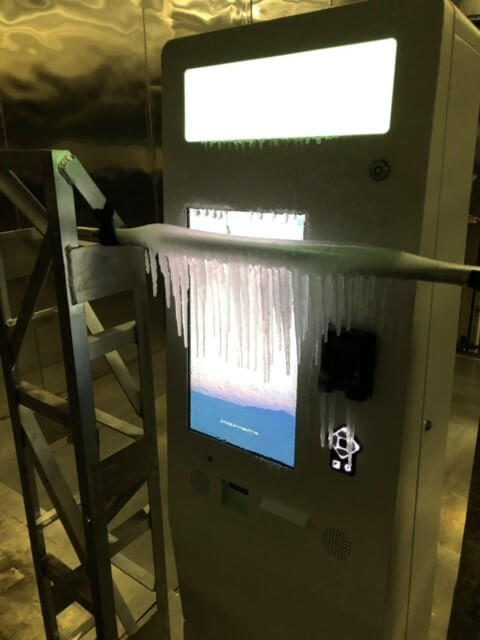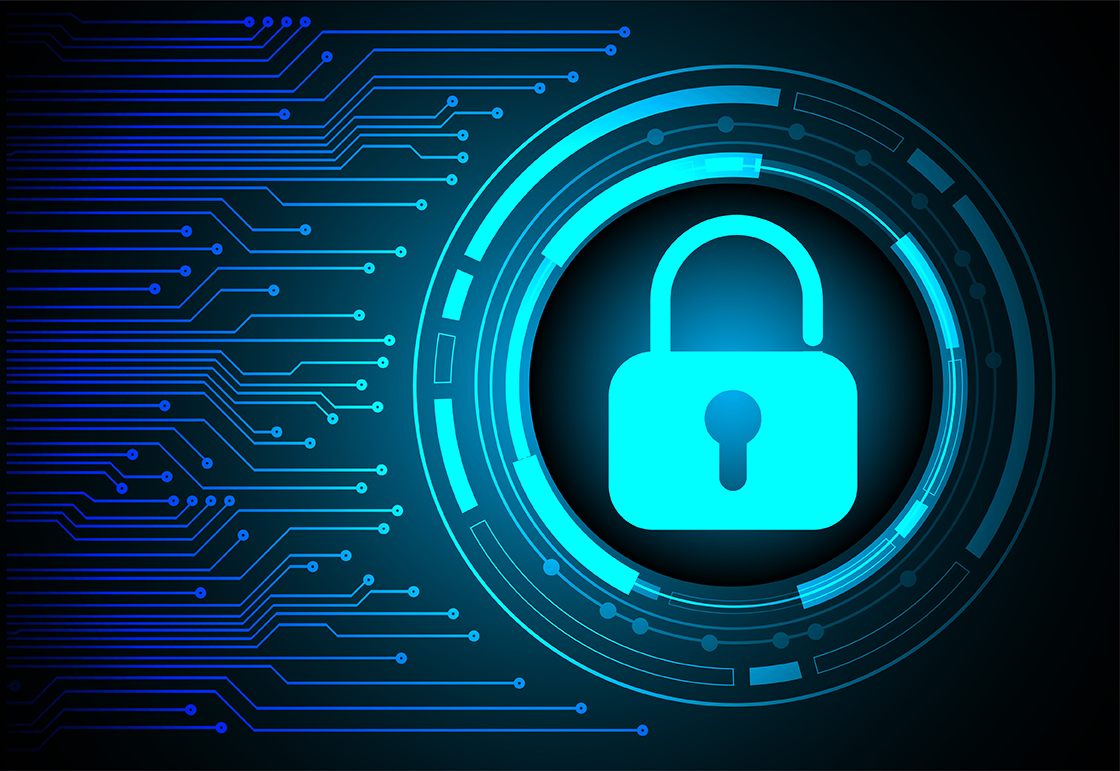In every industry, consumers expect a frictionless experience with little wait time, and the healthcare industry is no different. Adding an interactive touch screen kiosk to your lobby or reception area is a great way to modernize the patient experience, reduce wait time, and support administrative staff.
Because healthcare professionals deal with sensitive information, additional precautions must be taken to protect patient privacy. With the correct setup, patient check-in kiosks can offer more data accuracy and security than the traditional patient check-in process. Read on to find out how touchscreen information kiosks can benefit your patients and staff, and how to optimize your kiosk deployment to securely handle patient information.
Kiosks Increase Security and Data Accuracy
Patients appreciate reduced wait times when they check-in for an appointment at a self-service kiosk, but kiosks provide benefits beyond the check-in process.
Traditionally, when a patient visits an office for an appointment, they are asked to fill out paper forms with their medical history, which are then manually entered into the office’s electronic health records program by administrative staff. Patients often need to verbally confirm their date of birth and home address out loud in crowded lobbies, which can make them feel less than confident that their personal identifying information is being handled securely.
Not only is the traditional check in process time consuming for admin staff, but manually entering handwritten patient data leads to more room for human error and misinterpretation. When patients check-in to their appointment using a kiosk, the data they enter is exactly what is used on their medical record. They can confirm personal information on screen rather than verbally, eliminating the chance of information being overheard.
Security with Kiosk Display Screens
Of course, confirming information on a medical office check in kiosk isn’t enough to ensure that sensitive private information won’t be compromised. A combination of kiosk placement, on screen technology, and additional hardware can help ensure privacy when clients are sharing personal information.
Kiosk Placement

Generally, it is recommended to put kiosks in high traffic areas where they are easily seen by passersby, but kiosks used in a medical setting need a different approach. Instead of placing kiosks in the middle of a lobby, or directly in front of a reception desk, healthcare settings may consider placement near a wall with the kiosks’ displays facing away from traffic. This reduces the chance that others walking by or waiting in the lobby will see information being entered. If this placement makes the units less readily visible, signage can be used to direct traffic to the kiosk check-in area.
Screen Technology
The best kiosk touch monitor for healthcare, or any industry that deals in sensitive information, is one that uses a polarized privacy screen. When a privacy screen is put in place, the kiosk screen can only be viewed by a person standing directly in front of it. The screen contents cannot be seen by someone passing by or standing at the next kiosk. Many ATMs already use this privacy technology to keep a user’s information from being overseen by someone standing behind them.
Additionally, an antimicrobial film can be added to the touchscreen kiosk monitor to reduce viral transmission on high-touch surfaces. Antimicrobial coating is a smart addition to any kiosk monitor, but crucial in healthcare settings where there is a higher likelihood of ill or immunocompromised users interacting with the kiosk.
Additional Hardware
For most use cases, polarized privacy screens and thoughtful placement will provide enough privacy for patients to fill forms discreetly. But for the most sensitive information, it may beneficial to add additional hardware to the kiosk.
Blinders placed on the side of the kiosk monitor can help block information on the screen from view. When used in conjunction with a polarized privacy screen, side blinders can make a customer feel more secure when entering information.
Healthcare kiosk applications like telemedicine or live insurance support require a higher level of privacy. Because users will be having a live conversation over video call with providers, these kiosks need to be placed in an enclosed area, similar to a telephone booth.
Cybersecurity
Of course, eavesdropping or catching a glimpse of a screen aren’t the only ways personal information can be compromised. As with any electronic connected to the internet, a kiosk can be vulnerable to hacks if the right precautions aren’t taken. Work with your in-house IT team to ensure your kiosks are included in your cybersecurity planning.
When looking to deploy touchscreen kiosks in healthcare, banking, or any other industry that deals with sensitive information, it’s vital to keep client information secure, and provide an environment where clients feel comfortable sharing personal information. With over 30 years experience, KIOSK has the industry knowledge to provide lcd kiosks for the most sensitive applications.
Contact us to discuss your solution and find out more about touch screen kiosk pricing.
